Ex 33, 23 Prove that tan4𝑥 = (4 tan〖𝑥 (1−tan2𝑥)〗)/(1 − 6 tan2 𝑥tan4 𝑥) Taking LHS tan 4x We know that tan 2x = (2 𝑡𝑎𝑛𝑥)/(1 − 𝑡𝑎𝑛2 𝑥) Replacing x with 2x tan (2 × 2x) = (2 𝑡𝑎𝑛2𝑥)/(1 − 𝑡𝑎𝑛2 2𝑥) tan 4x = (2 𝑡𝑎𝑛2𝑥)/(1 − 𝑡𝑎𝑛2 2𝑥) = (2 taQuestion Prove The Identity Sec^2/2 Tan X = Csc 2x This problem has been solved! the opposite side is $$2tanx=2*2=4$$ the adjacent side is $$1tan^2x=12^2=14=3$$ (the negative sign just means it will not be in the first quad ) Using pythagoras the hypotenuse will be
What Is The General Solution Of Sec 2 2x 1 Tan 2x Quora
If f(2tanx/1 tan^2x)=(1 cos2x)(sec^2x 2tanx)/2 then f(4)=
If f(2tanx/1 tan^2x)=(1 cos2x)(sec^2x 2tanx)/2 then f(4)=-Prove as an identity;I am unable to see why $$1 \tan^2 x= 1/\cos^2x$$ I have looked into the topic anad I am familiar with the reciprocal ratios of cosec, sec, and cot but cannot derive how this statement makes sense Any help on the topic would be very much appreciated



2
∫ d x cos 2 x = tan x C 2 and by combining the two constants of integration into one, we find the answer (1) ∫ ( 1 tan x) 2 d x = tan x − 2 log cosTan2x1 = sec2x sin 2x = 2 sin x cos x cos 2x = 2 cos2x 1 tan x = sin x cos x sec x = 1 cos x cot x = cos x sin x csc x = 1 sin x Some integration formulas R xn dx = xn1 n1 C R 1 x dx = lnjxjC R ex dx = ex C R sin x dx = cos x C R cos x dx = sin xC R if sinx=7/5 and angle x is in quadrant 2 and cos y=12/13 and angle y is in quadrant 1 find sin (xy) asked in TRIGONOMETRY by harvy0496 Apprentice doubleangle
Answer by Alan3354() ( Show Source ) You can put this solution on YOUR website! Ex 34, 8 Important Deleted for CBSE Board 22 ExamsYou are here Ex 34, 9 Important Deleted for CBSE Board 22 Exams Examples → FacebookWhatsapp Transcript Ex 34, 8Find the general solution of the equation sec2 2x = 1 – tan 2x sec2 2x = 1 – tan 2x 1 tan2 2x = 1 – tan2x tan2 2x tan2x = 1 – 1 tan2 2x tan2x = 0tan 2x (tan2x 1) = 0HenceWe know that sec2 x = 1I need to use the fact that $\tan 2x=\sin2x \ /\cos2x$ to prove that $$\tan 2x=\frac{2\tan x}{1\tan^2x}$$ I don't know where to start Please help or hint Thanks in advance
Click here👆to get an answer to your question ️ If sin x = cos^2x , then cos^2x (1 cos^2x) is equal to Join / Login > 11th > Maths Prove 4 sin 2 α cos 2 α 1 − 4 tan 2 α (1 Evaluate tan 2 θ − sec 2Trigonometry Solve for x tan (2x)= (2tan (x))/ (1tan (x)^2) tan(2x) = 2tan(x) 1−tan2 (x) tan ( 2 x) = 2 tan ( x) 1 tan 2 ( x) Since x x is on the right side of the equation, switch the sides so it is on the left side of the equation 2tan(x) 1− tan2(x) = tan(2x) 2 tan ( x) 1 tan 2 ( x) = tan ( 2 x)Get an answer for 'Prove the following sin 2x = (tan x)(1 cos 2x)' and find homework help for other Math questions at eNotes




Sin X 2 Tan X 2 1 Tan 2 X 2 Eraoco



Evaluate Lim X P 4 Sec 2x 2tanx 1 Cos4x Sarthaks Econnect Largest Online Education Community
selected by subrita Best answer We have f (2tanx/ (1 tan2x)) = 1/2 (1 cos2x) (sec2x tanx) = 1/2x 2cos2x x (1 tan2x 2tanx) = cos2x x (1 tanx)2 = {cosx x (1 tanx)}2 = (cosx sinx)2For every tan 2x do I just use the formula sin theta / (1 cos theta)?Cos2 (x) (1 tan2 (x)) = 1 cos 2 ( x) ( 1 tan 2 ( x)) = 1 Replace the cos2(x) cos 2 ( x) with 1−sin2 (x) 1 sin 2 ( x) based on the sin2(x)cos2(x) = 1 sin 2 ( x) cos 2 ( x) = 1 identity 1−sin2 (x)(1tan2(x)) = 1 1 sin 2 ( x) ( 1 tan 2 ( x)) = 1 Simplify each term Tap for more steps




Solved Find All Solutions To The Equation Tan 2x 2tanx 1 0 Chegg Com




Ex 7 2 25 Integrate 1 Cos 2 X 1 Tan X 2 Ex 7 2
Let fk(x) = 1/k(sin^k x cos^k x) where x ∈ R and k ≥ 1 If 0 ≤ x the number of real values of x The sum of the radii of inscribed and circumscribed circles In a ∆PQR, if 3 sin P 4 cos Q = 6 and 4 sin Q 3 cos P = 1 If A = sin^2 x cos^4 x, then for all real xQuestion Decide whether the equation is a trigonometric identiye explain your reasoning cos^2x(1tan^2x)=1 secxtanx(1sin^2x)=sinx cos^2(2x)sin^2=0Find sin (2x), cos (2x), and tan (2x) from the given information tan (x) = 1/2, x in quadrant I *** Hypotenuse of reference right triangle in quadrant I=√(1^22^2)=√5
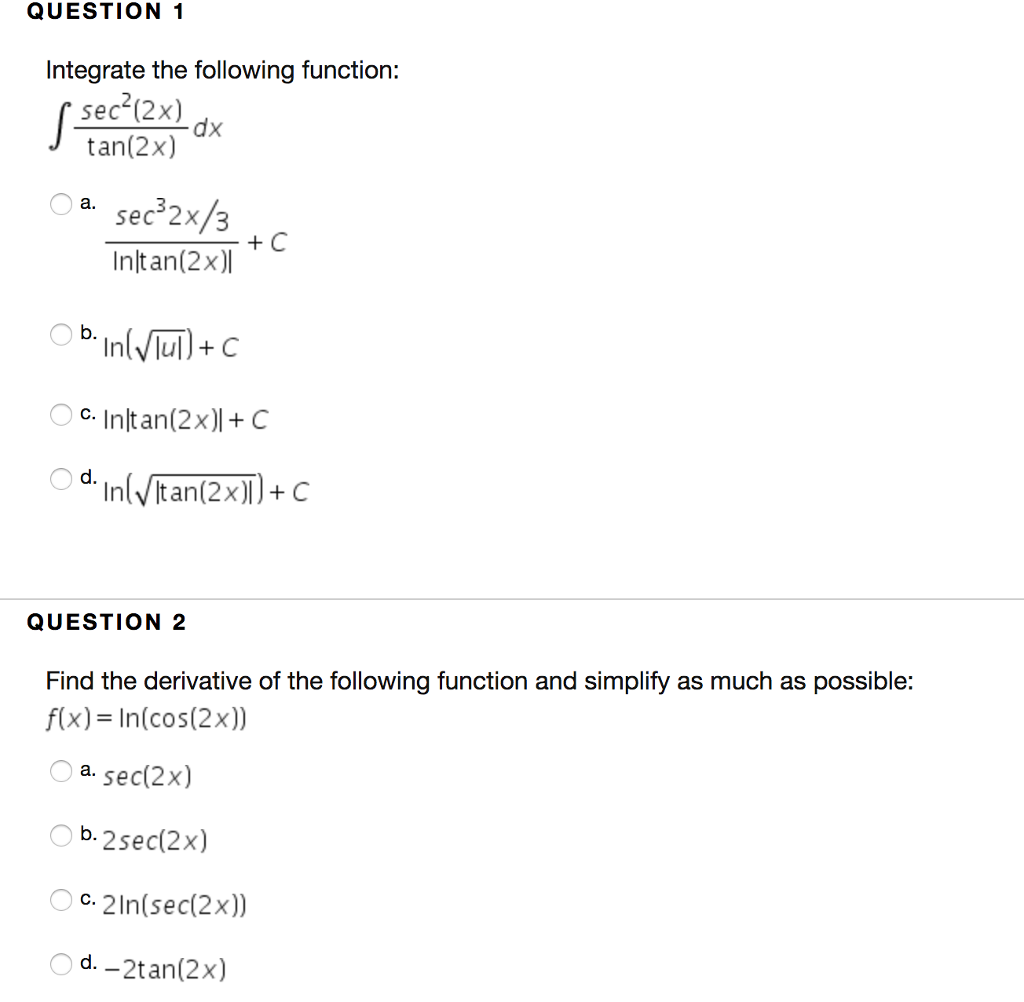



Solved Question 1 Integrate The Following Function Sec 2x Chegg Com



いろいろ Tan2x 1sec2x ただの悪魔の画像
You can put this solution on YOUR website! 1 tan^2 x = 3 tanx =±√3 , so x is in all 4 quadrants x = 60° , 1° , 240° , 300° 2 tanx sin^2 x = tanx tanx(sin^2 x 1) = 0 tanx = 0 or sinx = ± 1Verify that $$ 2\cos^2x1 = \frac{1\tan^2x}{1\tan^2x}$$ Stack Exchange Network Stack Exchange network consists of 178 Q&A communities including Stack Overflow , the largest, most trusted online community for developers to learn, share their knowledge, and build their careers




いろいろ Tan2x 1sec2x ただの悪魔の画像
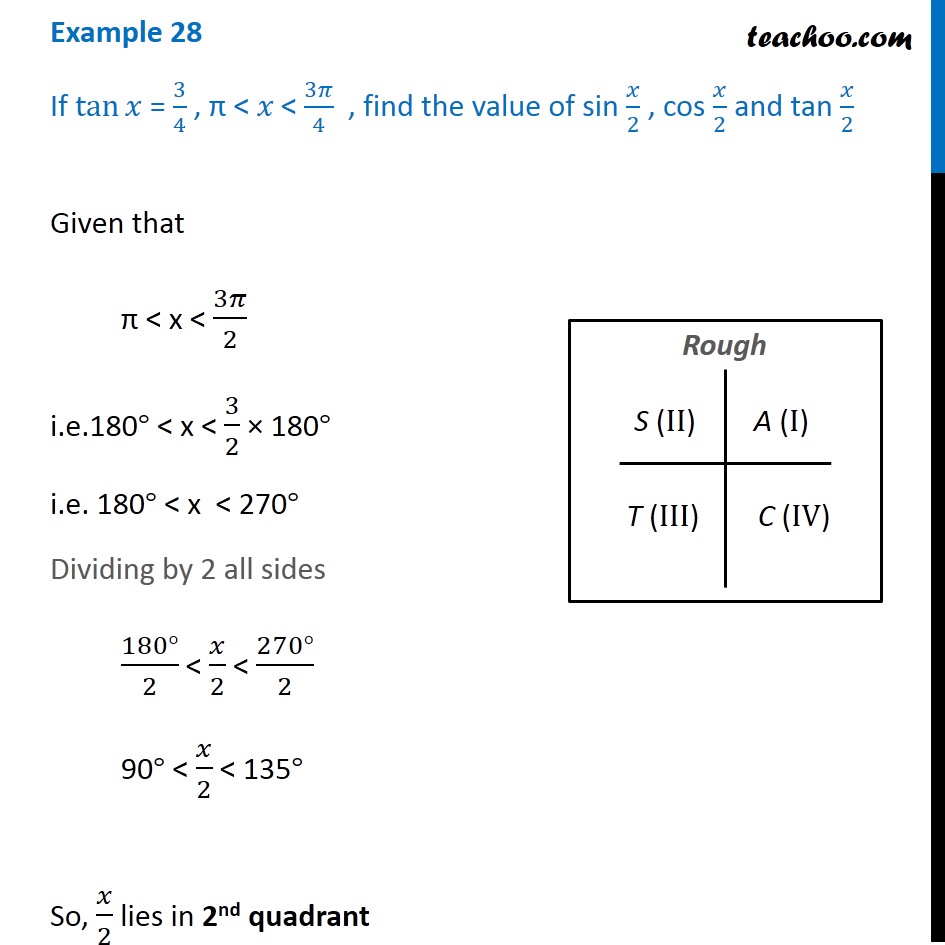



Example 28 If Tan X 3 4 Find Sin X 2 Cos X 2 Tan X 2
RHs = (2 tan x cos 2 x 1 ) cos 2 x = 2 sin x cos x 1 = 1 sin 2 x If sin 2 x = t, then we have f t = 1 t, where t = sin 2 x where − 1 ≤ t ≤ 1 ∴ Domain is − 1, 1 Adding 1 throughout, 0 ≤ 1 t ≤ 2 or 0 ≤ f (t) ≤ 2 ∴ Range of f(t) is 0, 2Chapter 4 Taylor Series 17 same derivative at that point a and also the same second derivative there We do both at once and define the second degree Taylor Polynomial for f (x) near the point x = a f (x) ≈ P 2(x) = f (a) f (a)(x −a) f (a) 2 (x −a)2 Check that P 2(x) has the same first and second derivative that f (x) does at the point x = a 43 Higher Order Taylor PolynomialsSin(2x) = (2tan(x)) / (1tan^2(x)) *** Start with RHS 2tanx/(1tan^2x) 2tanx/(sec^2x) 2(sinx/cosx)/(1




Calculus I Ii Amp Iii For Mahavier S Class Math Nerds



2
Tan^2 x = 1 cos2x/ 1 cos 2x andrianartic9331 andrianartic9331 Mathematics College answered • expert verified True or false Tan^2 x = 1 cos2x/ 1 cos 2x 2 See answers AdvertisementRewrite sec(x) sec ( x) in terms of sines and cosines Rewrite tan(x) tan ( x) in terms of sines and cosines Multiply by the reciprocal of the fraction to divide by 1 cos(x) 1 cos ( x) Write cos(x) cos ( x) as a fraction with denominator 1 1 Cancel the common factor of cos(x) cos ( x) Use the identities $1 tan^2(x)=sec^2(x)$, $1cot^2(x)=cosec^2(x)$ and the definitions of the reciprocal trig functions This will give the answers up to an unknown sign, for which we need to known whether x is obtuse or acute




Qprove That Tan X 2 Tan 2x 4 Tan 4x 8 Cot 8x Cot X Mathematics Topperlearning Com Blpusg55




いろいろ Tan2x 1sec2x ただの悪魔の画像
Simplify each term Tap for more steps Multiply cos ( x) cos ( x) by 1 1 cos ( x) tan 2 ( x) cos ( x) tan 2 ( x) Rewrite tan ( x) tan ( x) in terms of sines and cosines cos ( x) ( sin ( x) cos ( x)) 2 cos ( x) ( sin ( x) cos ( x)) 2 Apply the product rule to sin ( x) cos ( x) sin ( x) cos ( x) cos ( x) sin 2 ( x) cos 2 ( x) cosThe first derivative of the trigonometric function of tangent with respect to its argument is the reciprocal of the trigonometric function of cosine squared Snarf! f(2tanx/1tan 2 x)=(cos2x1) (sec 2 x2tanx)/2 then f(4) is equal to?



2




If F 2tanx 1 Tan2x Then F 4 Youtube
sec=4 find sin(2x), cos(2x), tan(2x) These problems seem straight forward but I keep getting the wrong answer If you could please in detail show me how to solve this I would really, really, really appreciate it so I don't throw my Trig book out the windowSee the answer Show transcribed image text Expert Answer 100% (3 ratings) Previous question Next question Transcribed Image Text from this Question Prove the identity sec^2/2 tan x = csc 2xWeekly Subscription $249 USD per week until cancelled Monthly Subscription $799 USD per month until cancelled Annual Subscription $3499 USD per year until cancelled




If F 2tanx 1 Tan 2 X Cos2x 1 Sec 2 2tanx 2 Then F




Trig Identity Tan X 1 Tan 2 X Sec X Cos X Csc X Sin X Proved From Both Sides Youtube
Answer (1 of 10) \int \frac{1\tan^2x}{1\tan^2x} \,dx \int \frac{1\tan^2x}{\sec^2x} \,dx \int \frac{1\tan^2x}{\frac{1}{\cos^2x}} \,dx \int \cos^2x(1\tan^2x) \,dxAnswer (1 of 3) ( 1 tanx/2) / (1 tanx/2) =( cosx/2 sinx/2)/(cosx/2 sinx/2) Multiplying numerator and denominator by the denominator we get (cos^2 x/2 sin^2(tan^2(x)1)/sec^2 = 12cos^2(x) Mulitiply by cos^2 (sin^2 cos^2)/1 = 1 2cos^2 Add cos^2 sin^2 = 1 cos^2 QED Answer by MathTherapy(91) (Show Source) tan^4 (x) 1 or (tan^2(x)1)(tan^2x1) then i'm stuck!




Solved Find All Solutions To The Equation Tan 2x 2tanx 1 0 Chegg Com




Tan2x ただの悪魔の画像
Use the fact that tanx = sinx cosx and sin2x = 2sinxcosx So 2 sinx cosx ⋅ 1 1 sinx cos2x = 2sinxcosx 2 sinx cosx ⋅ cos2x cos2x sin2x = 2sinxcosx 2 sinx cosx ⋅ cos2 x cos2x sin2x = 2sinxcosxIf $6\tan^2 x3\cos^2x=\cos 2x$, then what is the value of $\cos 2x$?You can put this solution on YOUR website!




F 2tanx 1 Tan 2x Cos2x 1 Sec 2x 2tanx 2
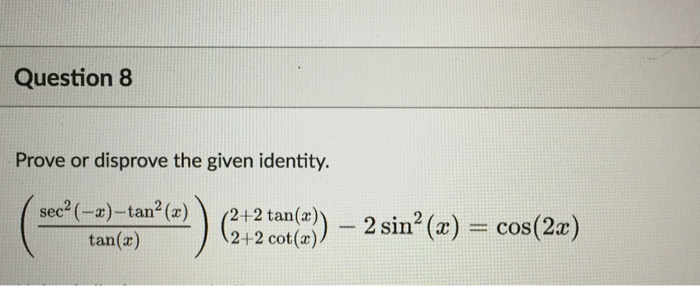



Solved Prove Or Disprove The Given Identity Sec 2 X Chegg Com
Simply tan (AB) = tanAtanB/1tanAtanB From this formula we can derive tan (2x) as tan (xx) So tan (2x)= 2tanx/1tanxtanx We can always go forCan anyone give me some hints for this?Introduction to Tan double angle formula let's look at trigonometric formulae also called as the double angle formulae having double angles Derive Double Angle Formulae for Tan 2 Theta \(Tan 2x =\frac{2tan x}{1tan^{2}x} \) let's recall the addition formula




Derivatives Of Inverse Functions From Equation Video Khan Academy




The Value Of Lim X Gt0 Xtan2x 2xtanx 1 Cos2x 2 Is Equal To Youtube
Weekly Subscription $249 USD per week until cancelled Monthly Subscription $799 USD per month until cancelled Annual Subscription $3499 USD per year until cancelledAnswer (1 of 7) Here, tan x = 1/2 We know that, the relation between tan x and sec x is sec^2xtan^2x=1 Using this relation, first, we will determine the value of cos x and then, we will determine the value of sin x So now, sec^2xtan^2x=1 => sec^2x(1/4)=1 => sec^2x=1(1/4) => sec^2x= Get an answer for 'verify (1 tan^2x)/(tan^2x) = csc^2x' and find homework help for other Math questions at eNotes




Ex 7 2 25 Integrate 1 Cos 2 X 1 Tan X 2 Ex 7 2



2
Solve for x sec(x)^22tan(x)=4 Replace the with based on the identity Reorder the polynomial Factor using the AC method Tap for more steps Consider the form Find a pair of integers whose product is and whose sum is In this case, whose product is and whose sum isShare with your friends Share 0TRIGONOMETRIC EQUATIONS An equation involving one or more trigonometrical ratios of unknown angle is called a trigonometric equation eg cos 2 x – 4 sin x = 1 It is to be noted that a trigonometrical identity is satisfied for every value of the unknown angle where as trigonometric equation is satisfied only for some values (finite or infinite) of unknown angle
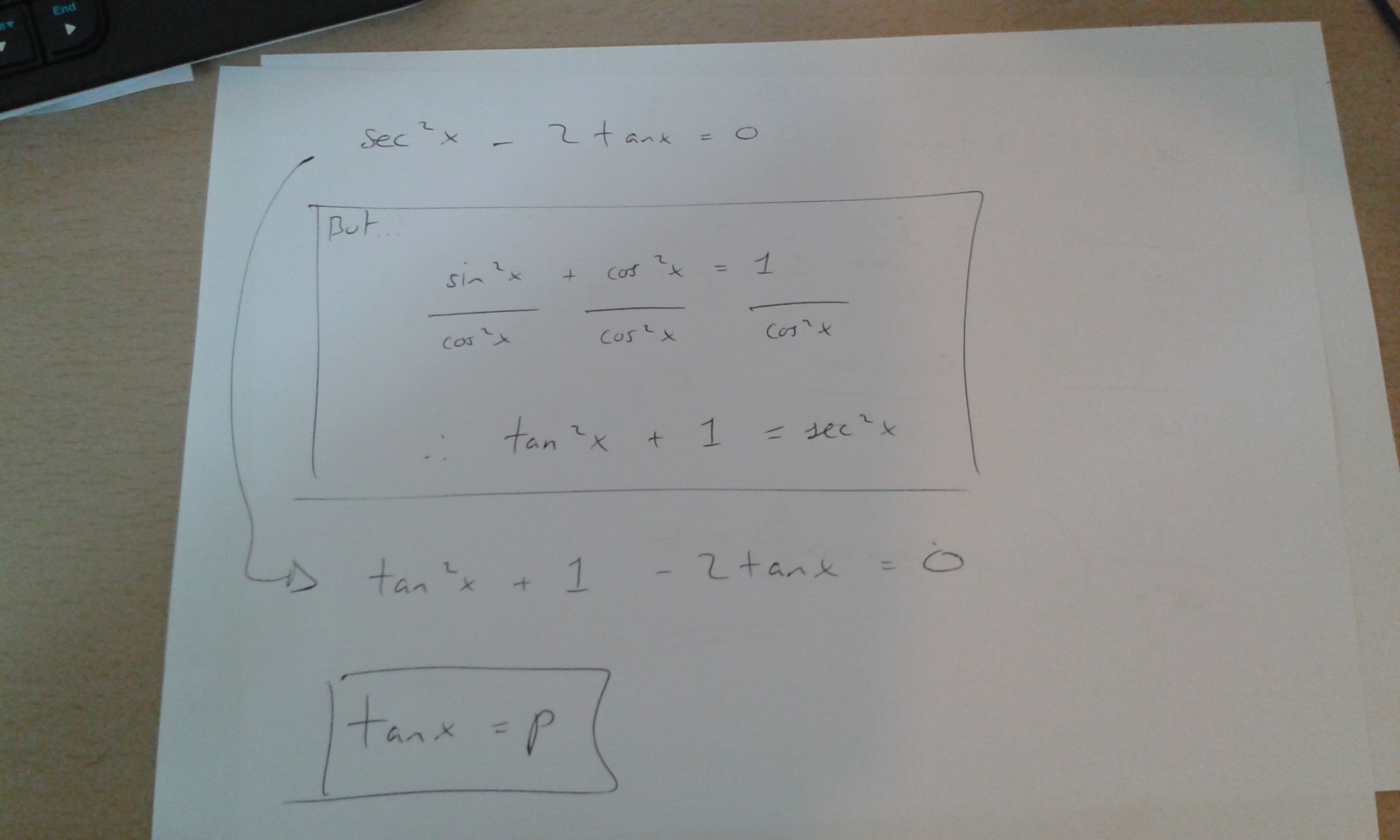



How Do You Solve Sec 2x 2tanx 0 Socratic
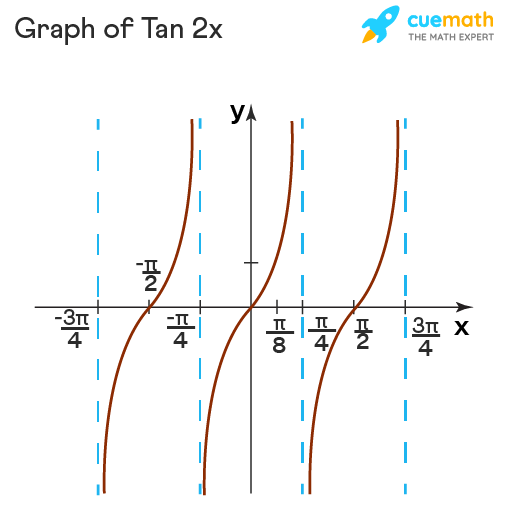



Tan 2x Formula What Is Tan 2x Formula Examples
B) (tanx 1)(tanx1)/1 tan^2(x) = (sinx/cosx 1)(sinx/cosx 1) / 1 Get an answer for 'Show that `tan^2 x = (1 cos(2x))/(1 cos(2x))`' and find homework help for other Math questions at eNotes Search this site Go iconquestion Tyrion101 said But is it equal to (2tanx/1tan^2x)^2 is what I'm asking I may have been unclear Yes and no means , which in turn is equal to In what you wrote, you are missing parentheses around the quantity in the denominator, 1 tan 2 (x) What you wrote is the same as #10 symbolipoint



Is Tanx 2 2tanx 1 5tanx Sec X Quora




Old Version Trig Show Sin 2x 2 Sin X Cos X 2tan X 1 Tan 2 X Youtube
Example 5 Express tan−1 cosx/(1 − sinx ) , – π/2 < x < 3π/2 in the simplest form Lets first calculate cos x & 1 – sin x We know that cos 2x = 𝐜𝐨𝐬𝟐𝐱 – 𝐬𝐢𝐧𝟐𝐱 Replacing x by 𝑥/2 cos (2x/2) = cos2 x/2 – sin2 x/2 cos x = cos2 x/2 – sin2 x/2 We know that sin 2x = 2 sin x




Cos 2x




Solved Find All Solutions To The Equation Tan 2x 2tanx 1 0 Chegg Com




Trig Identity Sec 4x Tan 4x 1 2tan 2x Youtube




Which Of The Following Are Solutions To 2tanx 1 Tan 2x Sqrt 3 Check All That Apply Options Are In Brainly Com



How To Find Least Value Of Cos 2 X Sec 2 X Quora




Tanx 4 3 X In Quadrant Ii Find The Value Of Sinx 2 Cosx 2 Tanx 2




Ex 3 4 8 Find General Solution Of Sec 2 2x 1 Tan 2x Teachoo




いろいろ Tan2x 1sec2x ただの悪魔の画像




Solved 18 1 Tan X Tan 2x Sec2x 19 Cos2x Cotx Tank Chegg Com



2




Trigonometric Identity With Pythagorens Sec 2x Sin 2x Cos 2x Tan 2x Youtube
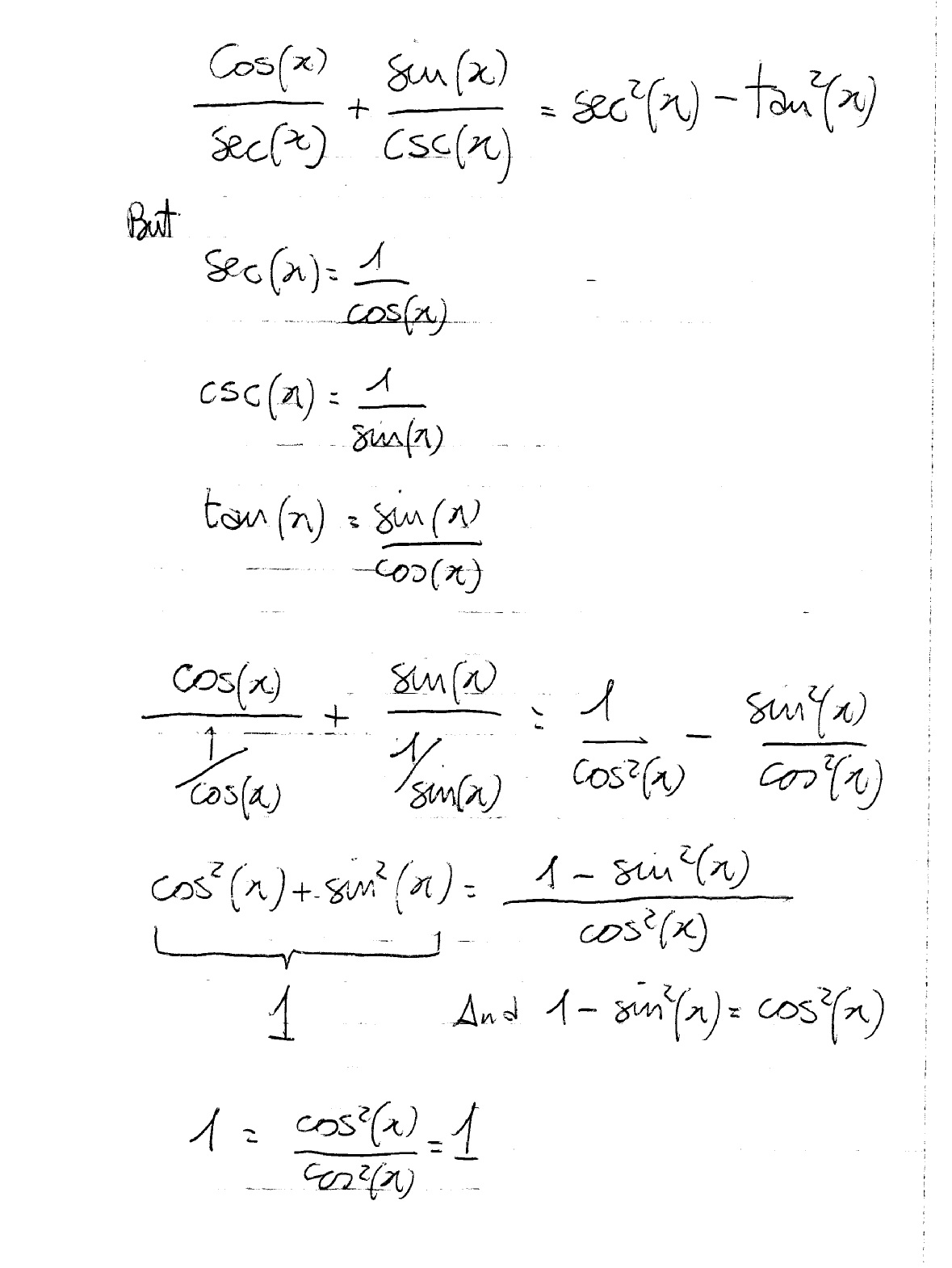



Tan2x 1 ただの悪魔の画像



Tan2x 1 ただの悪魔の画像




Solved Verify Each Identity A Sin 2x 1 Cos 2x Tan X Chegg Com




Derivatives Of Tan X And Cot X Video Khan Academy




いろいろ Tan2x 1sec2x ただの悪魔の画像




2tanx 1 Tan 2x 6181 2tanx 1 Tan 2x Formula
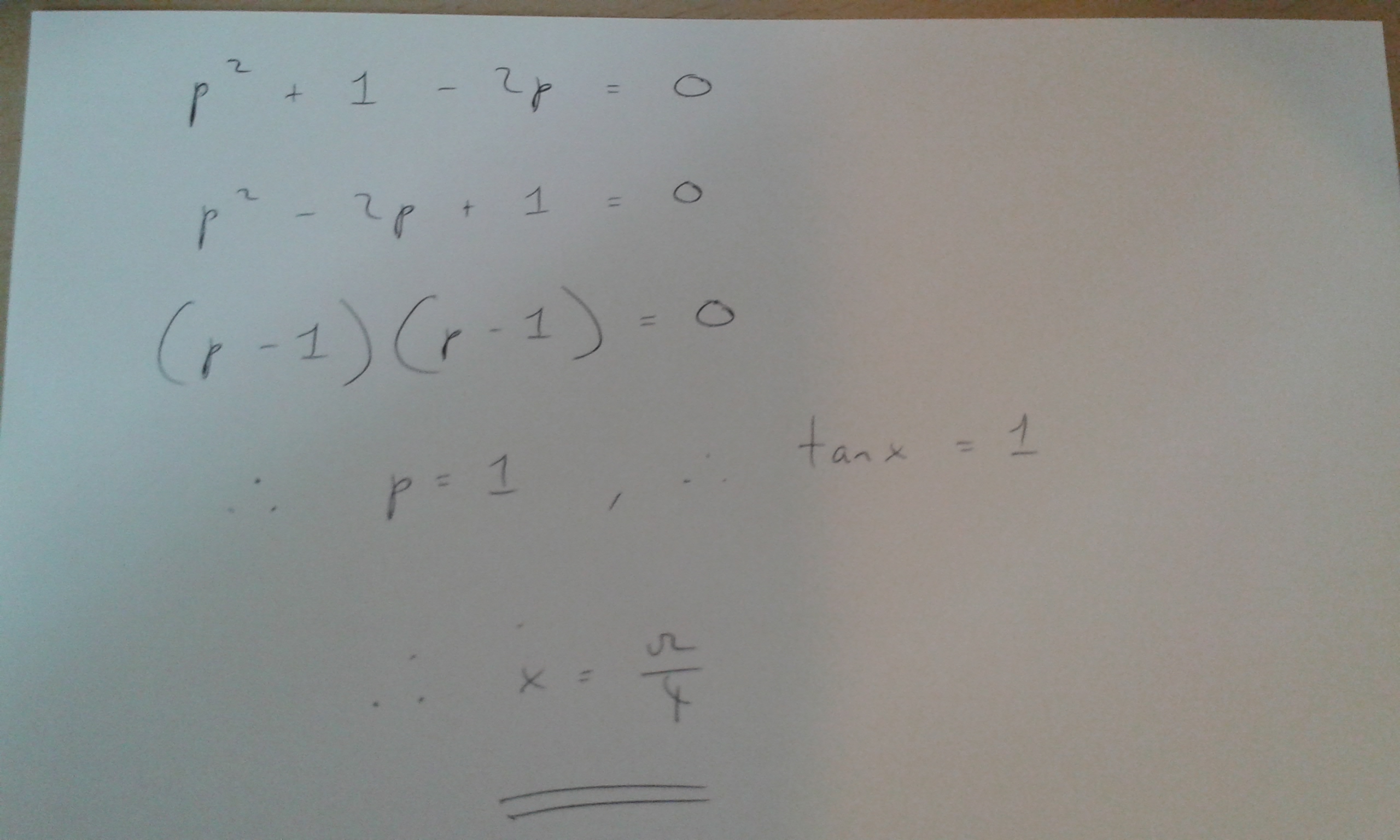



How Do You Solve Sec 2x 2tanx 0 Socratic
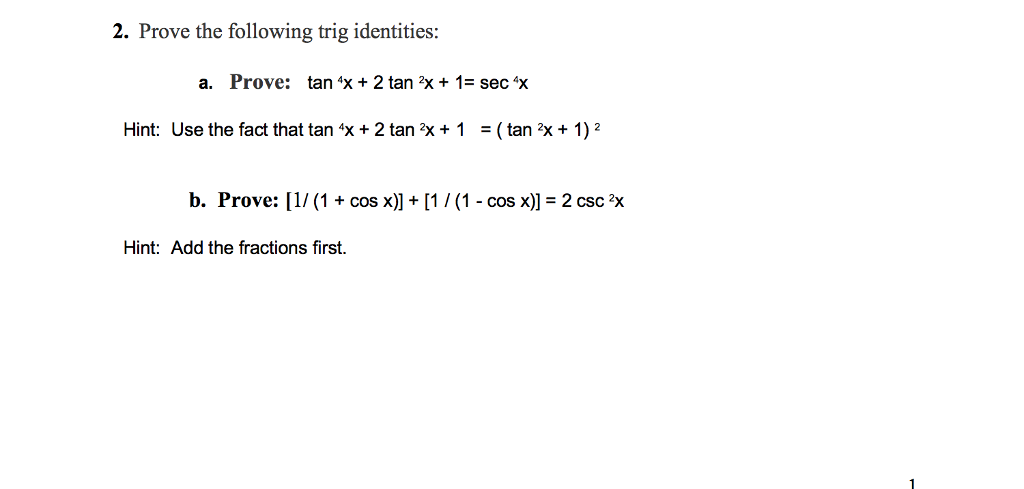



いろいろ Tan2x 1sec2x ただの悪魔の画像



Is Tanx 2 2tanx 1 5tanx Sec X Quora




Tan2x ただの悪魔の画像




1 Tan 2x 1 Tan 2 X 1 2cos 2 X Youtube




Derivative Rules For Y Cos X And Y Tan X Calculus Socratic




Limit X 0 Xtan2x 2xtanx 1 Cos2x 2 Equals



How To Prove 2 1 Cosx Tan 2 X 2 1 Quora



A 1 Tan X Tan X 1 Show That A Ta 1 Cos 2x Sin 2x Sin 2x Cos 2x Sarthaks Econnect Largest Online Education Community




Ex 3 4 8 Find General Solution Of Sec 2 2x 1 Tan 2x Teachoo



What Is The Tangent Line For The Function F X Cos 2x At X Pi 6 Quora




If Cos 2x Cos 4x 1 Then Tan 2x Tan 4x 1 1 2 0 3 1 4 2



1




5 If F 2tan X 1 Tan 2 X Qquad Cos2x 1 Sec 2 X 2tan X




Integral Of 1 Cos 2 X Sqrt 1 Tan X Calculus 1 Trig Integrals Youtube




Integral Of Sec 2 X Sqrt 1 Tan 2 X Using The Arcsine Function Youtube
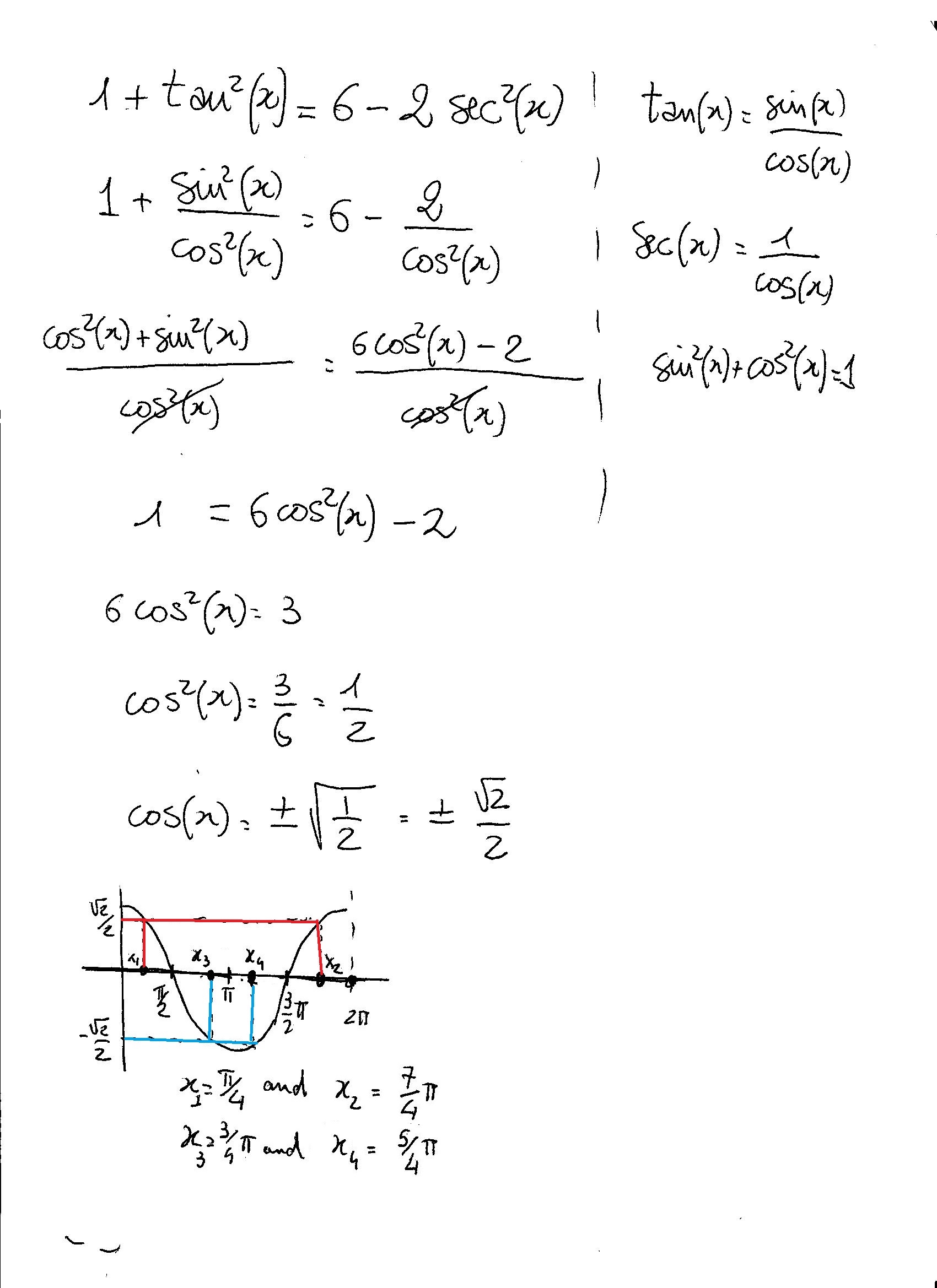



How Do You Solve 1 Tan 2x 6 2sec 2x Socratic



1 Tan 2x Sec 2x




If F 2tanx 1 Tan 2x Cos2x 1 Sec 2x 2tanx 2 Then F 4




1 Tan 2x 1 Cos 2x Sin 2x 2sin 4x 1 Sin 2x Trigonometric Identities Mcr3u Youtube




Tan2x ただの悪魔の画像




2tanx 1 Tan 2x 6181 2tanx 1 Tan 2x Formula




Example 28 If Tan X 3 4 Find Sin X 2 Cos X 2 Tan X 2



If Tan X Sec X 4 Then What Is The Value Of Sin X Quora




If X 30 Verify That I Tan2x 2tanx 1 Tan 2x Ii Sinx Sqrt 1 Cos2x 2




Solved Prove The Identity Cot 2x 1 Tan2 X 2 Tan X Chegg Com



What Is The Integration Of Tan 2x Solution Quora




If F 2tanx 1 Tan 2x Cos2x 1 Sec 2x Tanx 2 Then F X




Sec 6x Tan 6x 1 2 Tan 2x Sec 2x Important Difficult Trigonometric Identity Youtube




Pw7jvk9kgjfojm



How To Prove Math Dfrac Sqrt 1 Cos 2x 1 Cos 2x Tan X Math Quora




F 2tanx 1 Tan 2x Cos2x 1 Sec 2x 2tanx 2 Then F 1



What Is The General Solution Of Sec 2 2x 1 Tan 2x Quora
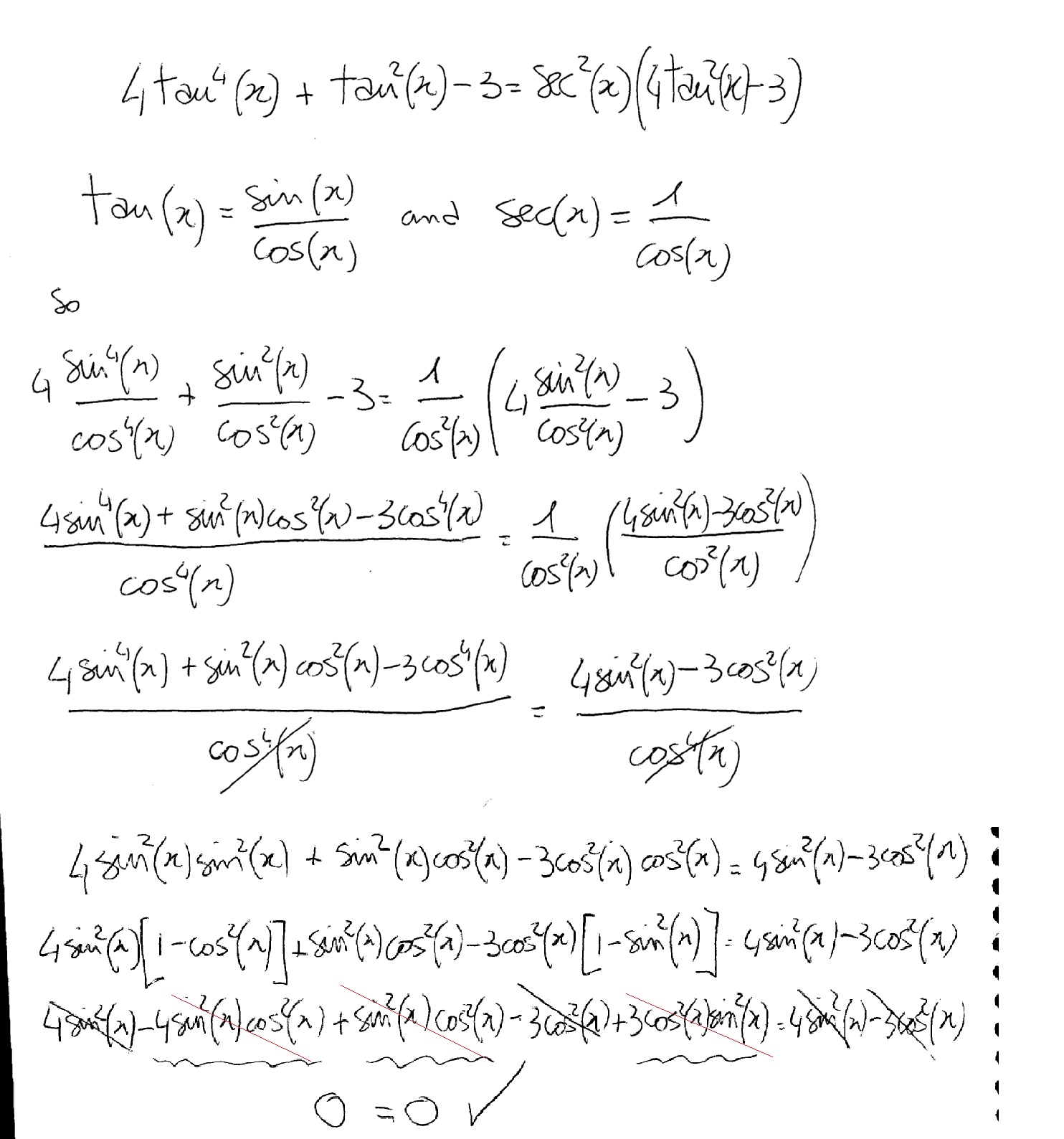



Tan2x ただの悪魔の画像




Exponential Functions Frac D D X Left X E X Right Y Y X E 2




Prove That 1 Sin 2x Cos 2x 1 Sin 2x Cos 2x Tan X Youtube




Cosec 1 1 Tan 2x 2tanx Youtube




Misc 8 Tan X 4 3 Find Sin X 2 Cos X 2 And Tan X 2



Relating Trigonometric Functions Trigonometry Socratic



What Is The Value Of Tan2x Tan4x 1 Find Tan3x Quora
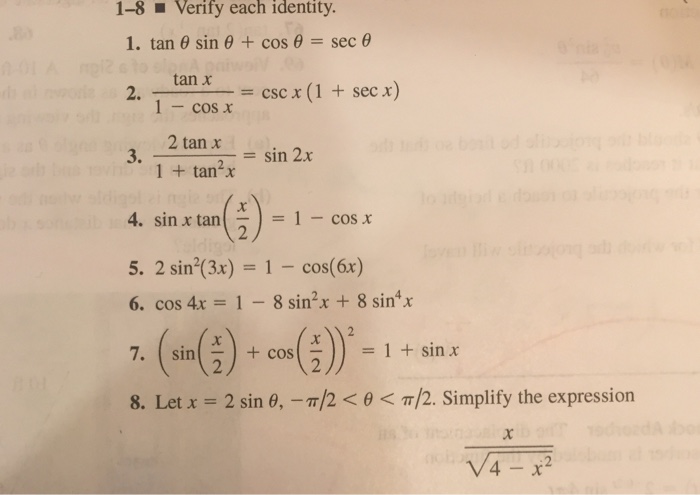



2tanx 1 Tan 2x 6181 2tanx 1 Tan 2x Formula



2




Find The Range Of Functionfx 1 2tan 11 X2 P 4



1




Cos 2x




If F 2tanx 1 Tan2x Then F 4 Youtube



1



How To Find Least Value Of Cos 2 X Sec 2 X Quora




F 2tanx 1 Tan 2x Cos2x 1 Sec 2x 2tanx 2



bestpictjcry Tan 2x Tan 2x



Tan2x ただの悪魔の画像



2




Iit 1994 Prove That Sec2x Tan2x Tan Pi 4 X When X Lies Between 0 And Pi 4 Youtube



Lim X Tan 2x 2x Tan X 1 Cos 2x 2 For X 0 Is Sarthaks Econnect Largest Online Education Community




F 2tanx 1 Tan 2x Cos2x 1 Sec 2x 2tanx 2




Trigonometric Identity 1 Cos2x Sin2x 1 Cos2x Sin2x Tanx Youtube



Domaine De Definition De Tan 2x
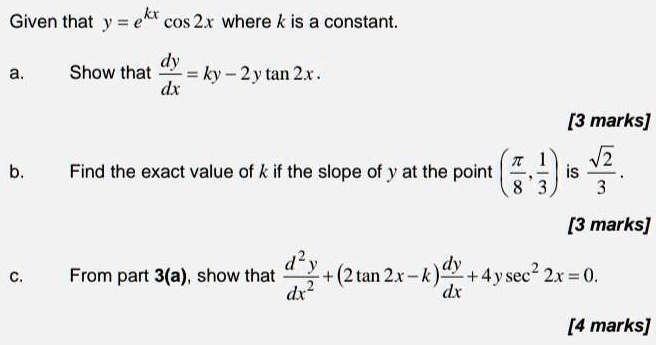



Nwoqnovhk C Gm




If F 2tanx 1 Tan 2x 1 Cos2x Sec 2x 2tanx 2 Then F 1 Brainly In



0 件のコメント:
コメントを投稿